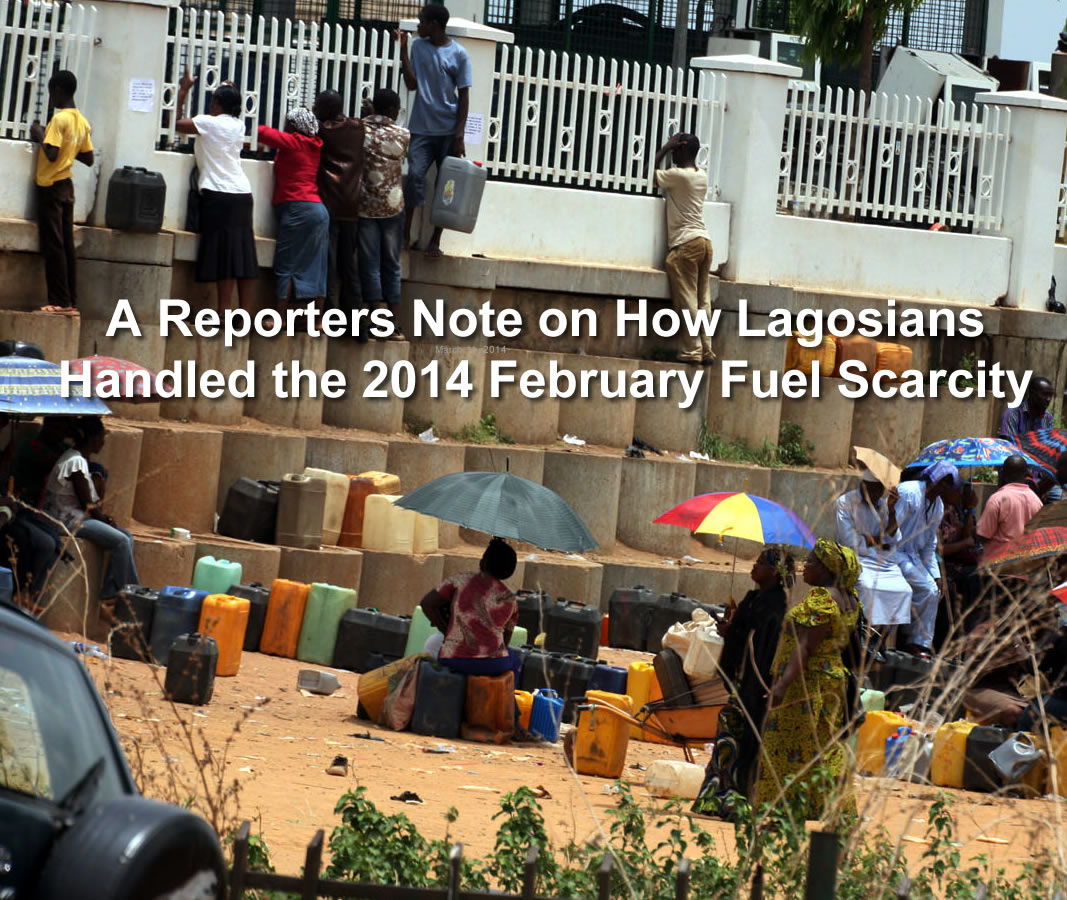Nigeria’s downstream oil industry was punctured with many challenges in 2022, predominantly the fuel scarcity crisis that hit major cities and halted businesses. Despite pegging retail petrol price at N165 per litre, the national average price of petrol (also called Premium Motor Spirit, PMS) rose by +29.81% year-on-year to N202.48 per litre as of November 2022. Aside from reflecting the ineptitude of the current pricing model, it also shows the visible hands of the government (through its darling national oil company) distorting the distribution process, among other inefficiencies in the downstream sector.
In the second month of 2022, a major scarcity hit Lagos, Abuja, and other major cities, leading to snake-like queues at filling stations. The government attributed the scarcity to the importation of adulterated fuel (petrol with high amounts of methanol) which caused shortages as the authorities slowly replaced the off-spec products. Despite the claims by the government that there was sufficient fuel to replace the adulterated petrol, most filling stations sold at prices above the regulated price. In the middle of the year, fuel scarcity resurfaced as marketers decried the high cost of diesel and ex-depot price and the non-payment of bridging claims.
Again, in the fourth quarter, government officials blamed the fuel scarcity in Abuja and other neighbouring states on flooding in Lokoja which prevented fuel truckers from dispensing the products. However, weeks after the flood subsided, fuel scarcity remained and extended to other parts of the country, pirouetting into the festive season. Aside from the increase in the average retail price of petrol, the Nigerian Bureau of Statistics (NBS) petroleum products price watch for November 2022 suggested that the increase was across the 12 months to November 2022 (see chart 1 below).
Chart 1:
Analysts have associated the many challenges in the downstream oil industry with the official price subsidy regime. Intended to keep petrol prices at a fixed rate, holding on to both petrol and forex subsidies for the NNPC Ltd in the importation of petrol has become a nightmare for both revenue accretion to the government and the profit margin of oil marketers. Different marketers’ associations have argued that the persistence of fuel scarcity and rising petrol prices are the results of rising international crude oil prices, forex scarcity, multiple dollar charges, high cost of diesel, and the many bad roads across the country.
Some analysts believe the subsidy regime lacks accurate and predictable data. There are imprecise data on subsidies around daily consumed volume, or available volume of petrol for distribution. With the subsidy figure for 2022 expected at about N5trn, budgetary provision for subsidy in H1 2023 is projected at over N3trn. The Nigerian Customs Service (NCS) had faulted the subsidy figure on a claim that the assumed daily consumption litres is overly inflated. The official daily consumption volume is put at 68m litres but analysts believe the country’s effective consumption is much lower given the ratio of vehicles that use petrol to non-petrol engine vehicles. Elsewhere, analysts believe the price differential between retail prices in Nigeria and its neighbouring countries creates an incentive for smuggling petrol out of the country.
The subsidy has separated petrol prices in Nigeria from the trend of crude oil prices. The recent moderation in global crude oil prices has failed to keep domestic petrol prices in check despite the double subsidies (Petrol and FX) to NNPC Limited. Market distortions coupled with the rising cost of hiring vessels (due to the lack of Nigerian flagged vessels), dollar-denominated charges, smuggling by some marketers, and other legacy issues in the industry remain the apparent threats to efficient fuel distribution in the country.
Mixed Marketers' Sentiments
Although there is a consensus among analysts and marketers that the underlying cause of the reoccurring fuel scarcity is the existing subsidy framework, oil marketers’ associations have different dispositions to the scarcity problem.
- Depots and Petroleum Products Marketers Association of Nigeria (DAPPMAN) attributed the scarcity to marketers' displeasure at the 0.5% tax on the gross turnover of marketing companies and logistics challenges, including bad roads and high transport costs.
- The Independent Petroleum Marketers Association of Nigeria (IPMAN) blamed the scarcity on distribution glitches at the depots occasioned by high and dollar-denominated charges by NIMASA, NPA, etc.
- MOMAN attributed the petrol scarcity to distribution challenges occasioned by the single supplier model that leaves other operators with forex scarcity, imported inflation, and multiple charges/taxes by relevant government agencies.
- Nigeria Union of Petroleum and Natural Gas Workers (NUPENG) believed the rampant extortion, intimidation, and violent attacks by hoodlums on its members are halting the distribution process.
- Petroleum and Natural Gas Senior Staff Association of Nigeria (PENGASSAN) blamed marketers and other operators of the downstream sector for deliberately creating the scarcity to hike the price above the regulated price.
Failing Forward
Analysts have insisted that for sustainability and efficiency, the sector must be fully deregulated. Aside from fostering ease of doing business in the industry, it also reduces the pressure on the naira against the dollar. Analysts strongly oppose the continuous petrol subsidy regime, arguing that subsidy has promoted corruption, arbitrary pricing, and distribution challenges. While some stakeholders believe government officials benefiting from false sales claims have kept the subsidy programme in place, analysts say with sustained subsidy, petrol prices will remain unstable, and Nigerians will groan under rising costs.
Analysts consider the current measures to resolve the scarcity as primitive and unsustainable and could keep the country in a circle of endemic petrol scarcity. A robust and efficient approach is to allow the market to run its course.
Meanwhile, in the interest of fair play and market efficiency, analysts recommend the discontinuation of preferential treatment to NNPC Ltd in accessing FX at the official window. This amount to double subsidies (petrol subsidy and FX subsidy) for the company at the expense of other marketers.
Nigeria and Africa’s Refining Buzz
Africa is currently faced with shortages of refined fuels on the back of redundant oil refineries across the continent coupled with soaring crude oil prices. Available data revealed that refineries in Africa produced 30% of their combined 1.4 mb/d refining capacity in 2021, a result of low investment and a high rate of outages in refining operations. Analysts believe that unless African state-owned refiners, who are the dominant force in the industry, change their business model to a market-based approach, refineries in Africa will continue to fall back into outages. The situation would, however, continue to open up market opportunities for private sector players to invest in refineries in Africa.
The Dangote Refinery, expected to begin operation in 2023, is the largest refinery in Africa. The operation of this refinery and the four national refineries currently under rehabilitation will position Nigeria as the refining hub of Africa: raising the country's refining capacity and increasing petroleum products exportation. With a 20% stake in the Dangote refinery, Nigeria (through the NNPC Ltd) would have direct access to about 20% of the refined products. Getting more products to meet the daily consumed volume would depend on the company’s decision.
World Oil Outlook (WOO) of the Organisation of Petroleum Exporting Countries (OPEC) reveals that 1.2mb/d of the 7.3mb/d global additional refining capacity expected in the medium term (2022-2027) would come from Africa. Over half of expected Africa's refining facilities will be accounted for by the Dangote's 650,000b/d refinery complex. It would, however, complement Angola's 100tb/d, Algeria's 110tb/d, Egypt's 160tb/d, DR Congo's 110tb/d, and other modular refineries from Guinea, Ghana, and Senegal, among others. Analysts expect the onboarding of these refineries to ease the tightness in the downstream oil sector in Africa (see chart 2 below).
Chart 2:
 Lagos, NG • GMT +1
Lagos, NG • GMT +1











 446 views
446 views

















 Sponsored Ad
Sponsored Ad
 Advertise with Us
Advertise with Us









